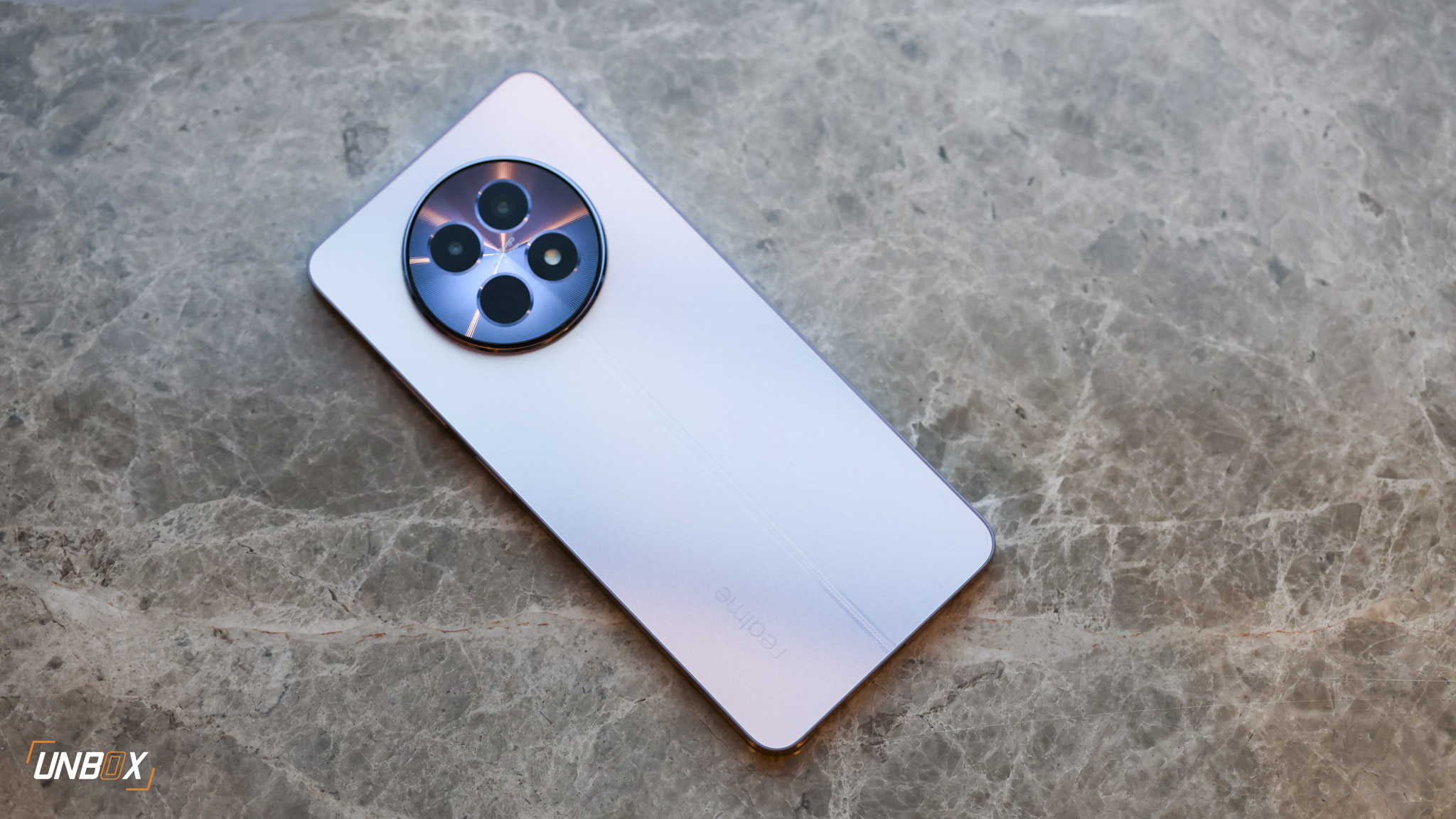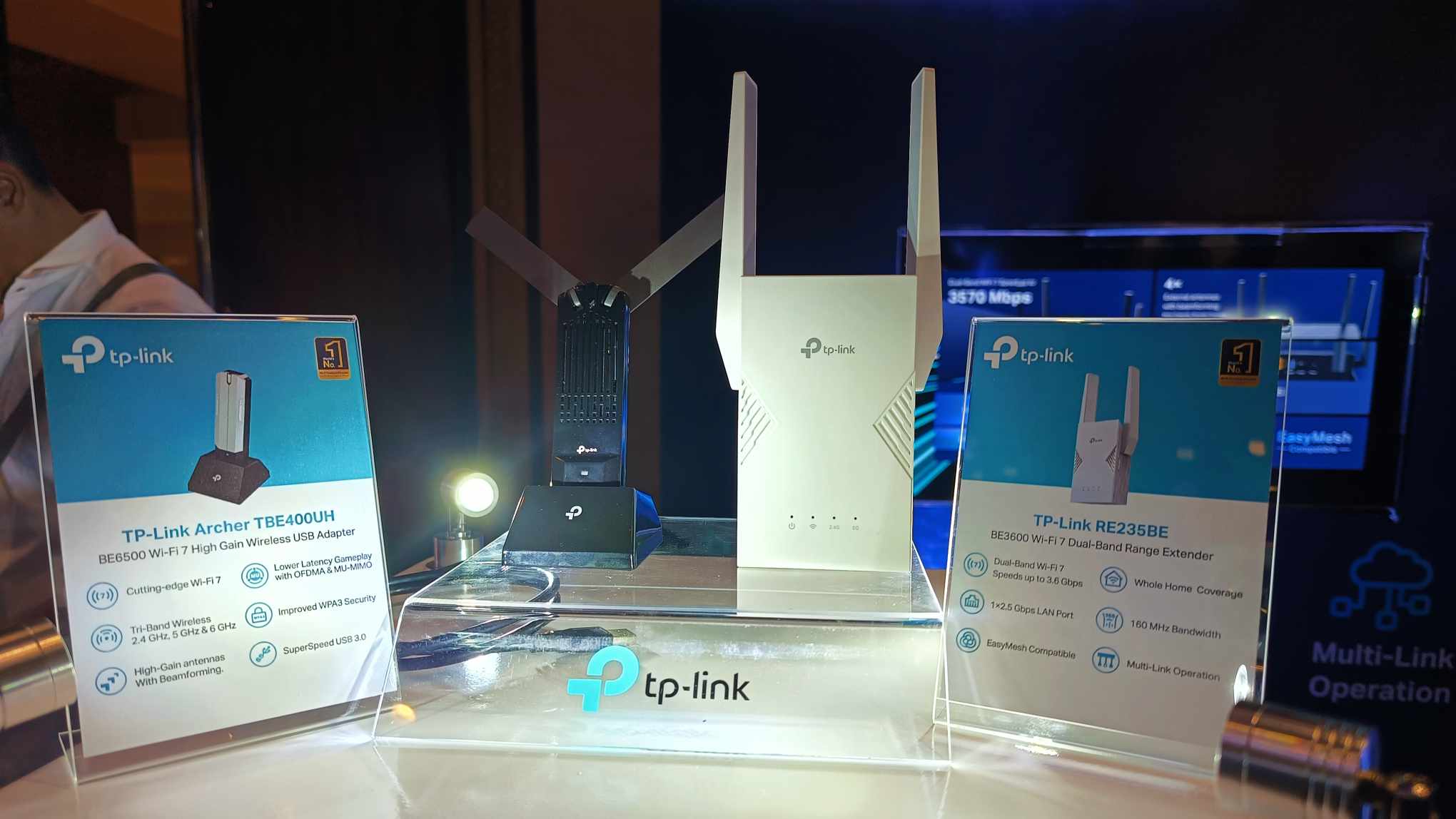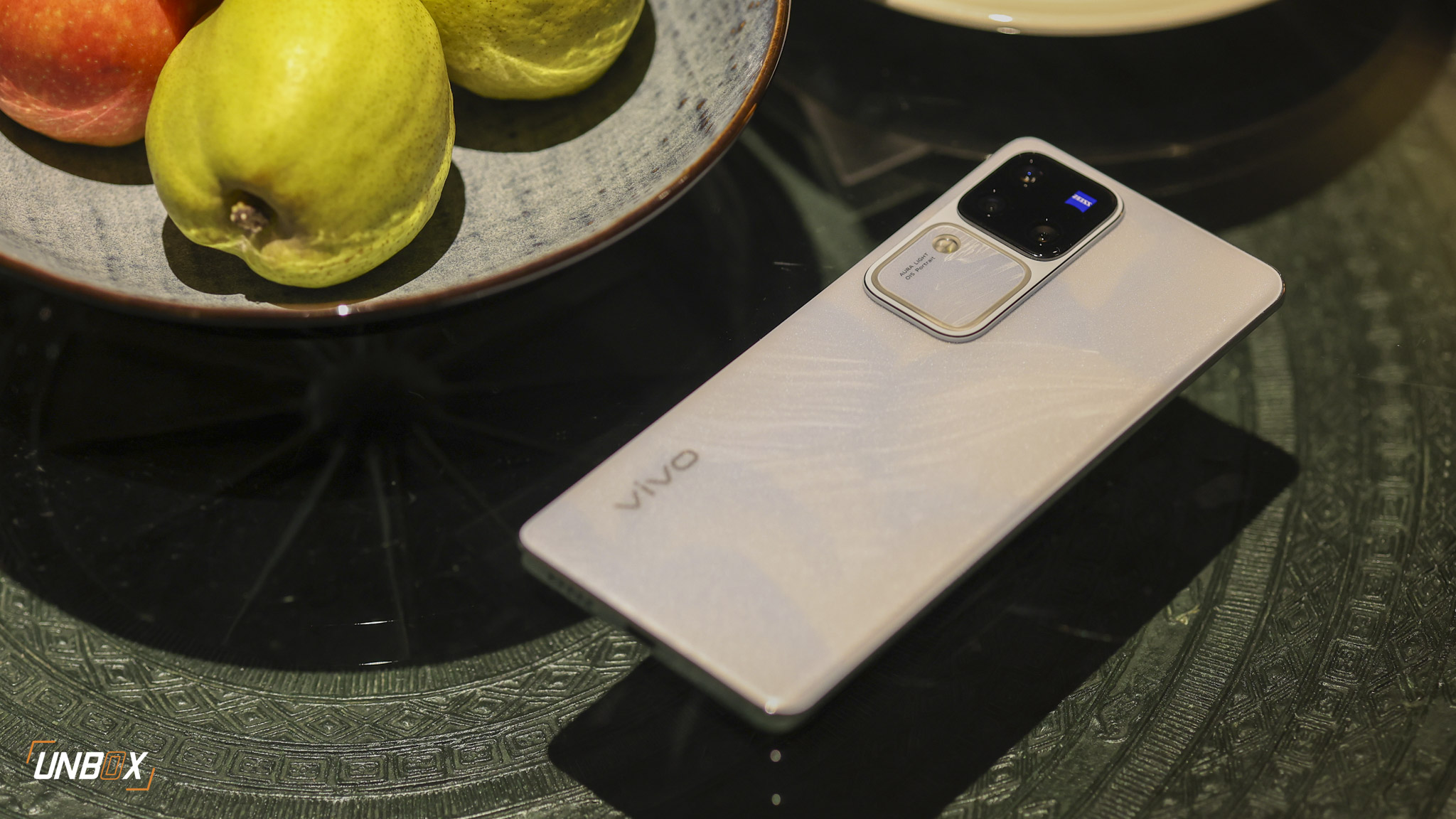
With the unveiling of ASUS’ first 18:9 display phone, we decided to pit it against a number of 18:9 display phones within its price range. First off, we compare it against the Vivo V7, which recently had a Php 2K price cut. Which is the better phone? Let’s take a quick look at their specs:

ZenFone 4 Max Plus Specs
- MediaTek 6750T Processor
- 4GB RAM
- 5.7-inch 18:9 Full HD+ IPS Display, 2.5D curved glass, 2160 x 1080 resolution
- 32GB of expandable storage (up to 256GB via MicroSD card)
- 16-megapixel f/2.0 primary camera and 8-megapixel wide angle rear camera with PDAF
- 8-megapixel f/2.0 front camera
- 4G, LTE
- Dual SIM
- WiFi, Bluetooth
- GPS, A-GPS, GLONASS, Fingerprint Scanner
- 4130mAh battery
- Android Nougat (7.0) with ZenUI 4.0
- Price: Php 11,995

Vivo V7 Specs
- 1.8GHz Qualcomm Snapdragon 450 octa-core processor
- Adreno 506 GPU
- 4GB of RAM
- 5.7-inch HD+ IPS LCD display; 1440×720 resolution
- 32GB of expandable storage (up to 256GB via MicroSD card)
- 4G, LTE
- Dual SIM
- 16-megapixel rear camera, f/2.0 aperture, LED Flash
- 24-megapixel front camera, f/2.0 aperture, PDAF, LED Flash
- WiFi, Bluetooth
- GPS, A-GPS, GLONASS
- Fingerprint scanner
- Android 7.1 Nougat with FunTouch OS 3.2
- 3000mAh battery
- Price: Php 12,990
Read: Vivo V7 Review: Fighting For Mid-range Supremacy

Internals: The V7 has the edge
Even if both have the same RAM and internal storage combo, the ZenFone Max Plus bows down to the V7 as it uses an MT6750T processor, which is manufactured using the 28nm process compared to the Snapdragon 450’s 14nm process. While both processors are capable of multitasking and moderate gaming, the Snapdragon 450’s modern design makes it more efficient compared to the MT6750T.

Display: The ZenFone Max Plus takes the spot
While it uses an aging processor, the ZenFone Max Plus has an advantage over the V7 with its use of a Full HD+ display. They may have the same size, but the Full HD+ resolution gives the ZenFone Max Plus an advantage for those who love viewing multimedia content on their device.
Camera: It really depends on your needs
While the ZenFone Max Plus’ front camera is no match to the V7’s selfie-centric 24-megapixel front camera, the former one-ups the V7 with its dual rear camera setup—one being a wide-angle one. We cannot say about the quality yet since we have yet fully tested the ZenFone Max Plus’ camera, so we leave it up to the technical specs for this part.

Battery: Efficiency over capacity?
It’s easy to say that the ZenFone Max Plus trumps over the V7 by having a significantly bigger battery, the benchmark tests say otherwise. Based on our PCMark test, the V7 managed to last longer than the ZenFone Max Plus despite having a smaller battery.
Our best explanation for this has to be because of the V7’s Snapdragon 450 processor’s power efficiency, a good reason why Vivo chose to use this SoC even if it has been criticized on not using a Snapdragon 600-series chip. A slight advantage with the ZenFone Max Plus M1 is that it comes with fast charging.

Verdict: The V7’s price cut came at a right time
While the naysayers would think that Vivo’s price cut for the V7 is because of alleged poor sales, we think that Vivo did this in order to stay competitive against newer mid-range phones like the ZenFone Max Plus M1. Had Vivo not chose to do a price cut, the ZenFone Max Plus could have a slight advantage.


































































